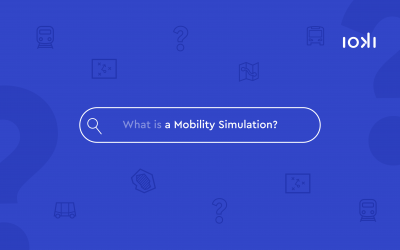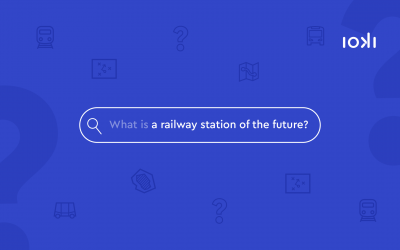AST (call-collective taxi)
The call-collective taxi transports passengers from a fixed boarding station to any destination in the service area – even right to the front door. To do this, the passenger orders his AST in advance (usually 30 minutes) at a time specified in the schedule, to a desired AST stop. This public transport option has a fixed network of stops, but the route from stop to stop is freely selectable and adapted to the passengers’ wishes. The system is no longer fixed and line-based, but adapts to the needs of the passengers, and enables a far more flexible area coverage.
The service is therefore particularly useful in very sparsely populated areas. AST journeys in the late evening hours are particularly popular, as the service brings passengers home safely after a visit to the theatre, cinema or restaurant. The fare usually consists of the local tariff plus a comfort surcharge.
ALT (call-line-taxis)
Call-line-taxis are used when the demand of the passengers is irregular in time and space. In other words: few passengers want to use a bus connection rarely and at different times. As usual with buses and trains, the ALT runs according to a fixed timetable. The vehicles used are cars (Taxis) or minibuses that stop at predetermined stops. However, the respective line will only be operated if the passenger has notified the booking centre of his or her desired journey in advance (usually 30 minutes in advance).
As a rule, this offer can also be used at the tariff of the respective transport association (plus comfort surcharge if applicable). An advantage of the ALT is obvious: It only runs when required – meaning only when revenues are actually generated. So, the operator saves operating costs, as empty runs are avoided.
In conclusion: The AST is flexible in terms of its route, while the ALT travels like a bus on a fixed line with fixed stops. Both offers are demand-oriented, integrated into the local tariff system and marked accordingly in the timetable. In both cases, however, the services only run if the passenger has expressed interest in advance.



